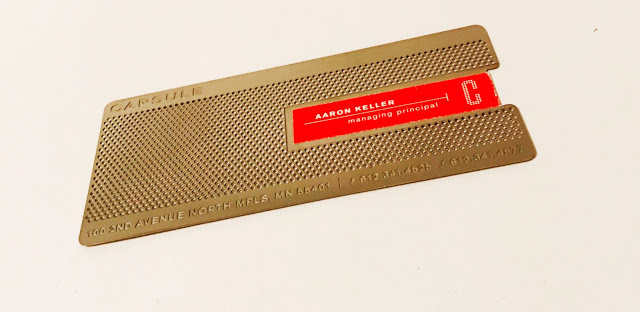We need a new impression. We have a four part answer.
Advertisers think we're superhumans and everyone has an eidetic memory (photographic memory). Advertisers also think we're morons and can't comprehend complex concepts. So, which is it? Are we superhuman or super idiots? Yes, this is an oversimplification. But, here's why each of these parts matter.
What is an 'impression' in digital advertising?
In the digital world an ad is 'served' then considered an impression. More specifically, a 'served impression' and a 'viewed impression' are the two minimal measurements of an ad getting attached to revenue for the media company and potential opportunity for the brand owner. So, if an ad is 'served' up as you load a page, but you move on quickly, the brand still pays. Or, likely more common, the ad is served but the 'viewer' never even consciously sees the ad. How many ads pass by your digital world and you couldn't recall them with a gun to your head. So, do advertisers think we have eidetic memories? Or, could it be we've built this complex system of metrics that, while flawed, doesn't have a better answer that's good for the advertiser and the brand?
This author thinks we can do better. And, if you're not a fan of best-selling authors pontificating on subjects of mass digital media consumption, how about the CMO of P&G, Marc Pritchard? Yes, apparently the digital media community is a burr under his saddle. He has thrown down a gauntlet (article in the NY Times) and it includes a rather large media spend across a portfolio of brands. This is a good thing for everyone, even if it sounds scary to those brand handlers drunk on selling media air versus real impressions. If we fix this, theoretically brand handlers and brand owners can have a more reliable and less contentious relationships. This should lead to longer, more profitable work for everyone.
Theoretically.
Here are some potential solutions, some of which are more clearly articulated in our book, The Physics of Brand.
One: First impressions (when they are real and make a memory) have far more value than any other impression. This can be measured currently, but not in an entirely precise manner and we can do better.
Two: Impression needs to be connected to a memory made by the person. The memory made is, again, hard to measure but there are mobile technologies available now that allow us to know when an emotional response has occurred.
Three: Behavior is the golden egg and being able to attach, in a specific manner, media consumption to a behavior is measurable today. But the 'path to purchase' work has a great divide between the digital and physical worlds. So, while we can measure advocacy or a 'retweet' behavior, we're challenged to take it all the way to a behavior that financially benefits the brand owner - although, there are really smart people working on bridges to cross this divide.
Four: The aggregate time an ad is viewed has the potential to be used more rigorously but only in bulk form. The millisecond 'viewing' of an ad in aggregate is still merely a whole bunch of hullabaloo. Measuring the amount of actual time it takes to make a memory and then using that as the base threshold is where time can play a larger role.
This is just a start as each of these can be parsed down into smaller pieces, eventually leading to moments where memories are made. We theorized, then wrote software as a proof of concept (in the Physics of Brand), that brand value can be distilled down to a reasonably small set of essential moments. These moments where memories are made, are where we need to mine for new ways to measure, interpret and remeasure.
We need more help from others working in this field. We need members of the innovation community to turn their attention to this challenge. With more thinkers focused on the challenges of modern media consumption, we can get to better relationship between brand owners (P&G) and brand handlers (Facebook, NY Times, Google, etc).
We'd like to call on the Front End of Innovation audience and speakers to spend some energy on this subject. We're certain Marc Pritchard would be intrigued by this effort. And, while digital media companies might not like it, they need the innovation too.
Reach out if you're interested in taking up this effort with us.
Founder, Capsule Design
Author, The Physics of Brand

